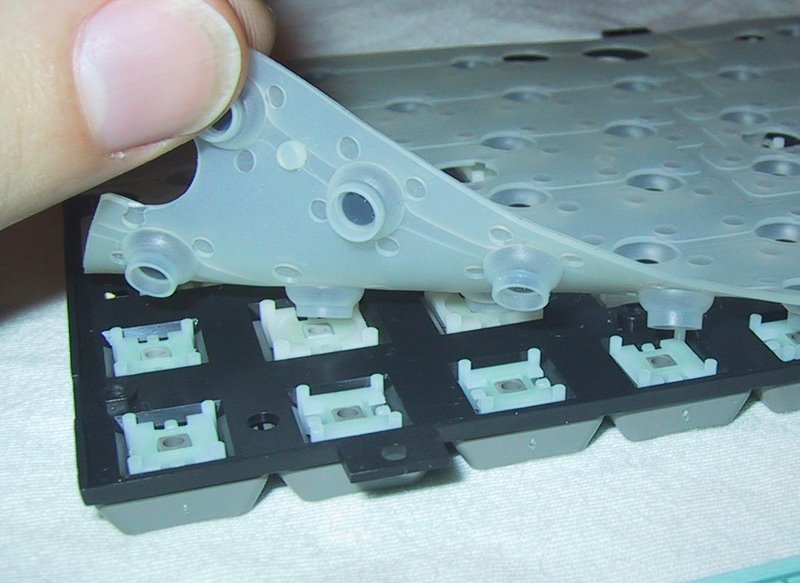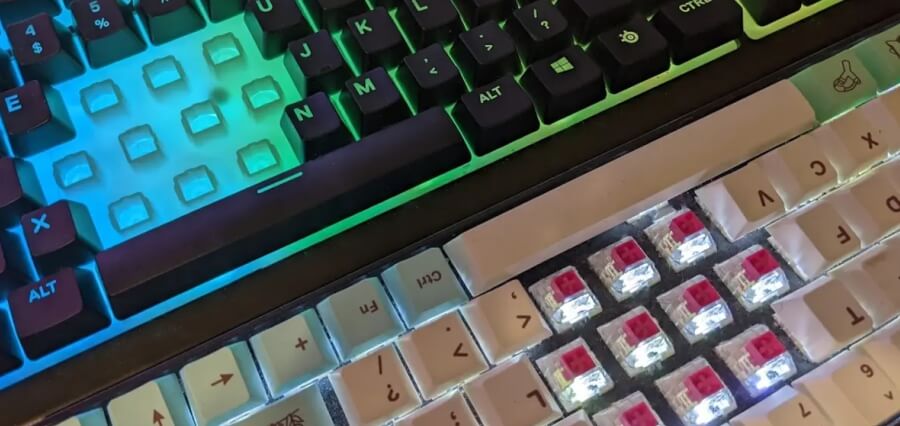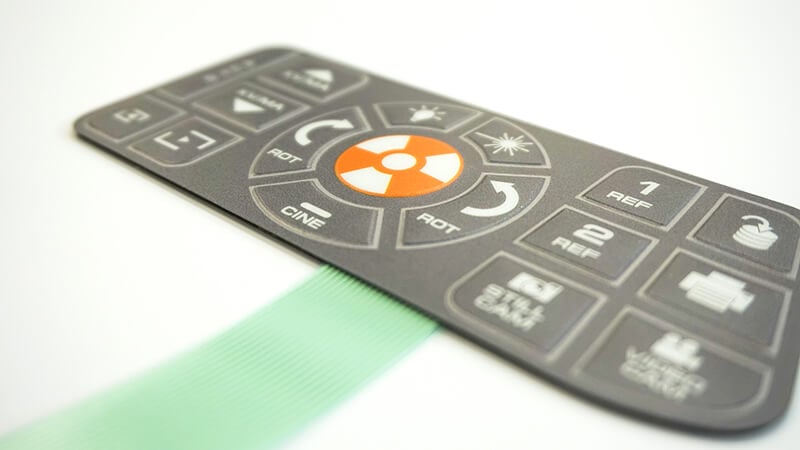Trick Benefits of Using a Membrane Switch in Industrial Applications
Trick Benefits of Using a Membrane Switch in Industrial Applications
Blog Article
Comprehending the Functionality of Membrane Layer Switches for Interface Gadget
The performance of membrane layer switches over stands for a substantial advancement in individual interface design, incorporating performance with aesthetic versatility. As industries increasingly focus on user experience, understanding the subtleties of membrane switch technology comes to be necessary.
What Are Membrane Buttons?
Membrane layer switches are ingenious interface tools that assist in customer communication with electronic equipment. These flexible parts include multiple layers, consisting of a graphic overlay, spacer, and a published circuit layer. The style enables a smooth integration right into various electronic gadgets, enhancing both the aesthetic and practical facets of user interfaces.
Membrane buttons are commonly used in a wide variety of applications, from house home appliances to commercial equipment and medical tools. Their construction generally includes a thin account, making them a suitable choice for small styles. The tactile responses given by these switches can be engineered to fulfill particular user choices, making sure reliable interaction between the user and the device.
Sturdiness is another significant advantage of membrane switches, as they are resistant to dust, dampness, and chemicals, which improves their life expectancy sought after settings. Furthermore, these buttons can be customized in terms of form, size, and graphic style, enabling branding and user-specific features. Generally, membrane layer switches over stand for a useful solution for boosting individual experience in electronic tools, combining functionality with visual appeal in an effective way.
How Membrane Switches Work
Operating on a simple concept, membrane switches over utilize a layered building to sign up customer input successfully. Each button consists of several layers, consisting of a printed circuit layer, a spacer layer, and a leading visuals layer, which are made to collaborate effortlessly. When an individual presses the leading layer, it presses the spacer layer, bringing the conductive elements of the circuit layer right into contact with each other.
This call develops a shut circuit, signifying the device to perform a specific feature. The style permits numerous arrangements, including tactile responses, which can boost the user experience by supplying a physical experience upon activation. The materials made use of in membrane switches typically include flexible substratums, such as polyester or polycarbonate, which make sure resilience and durability against damage.

Trick Advantages of Membrane Buttons

An additional considerable advantage is read review their density. Membrane buttons are thin and light-weight, which makes it possible for manufacturers to conserve area in their gadgets without sacrificing functionality. This attribute is especially advantageous in applications where weight and volume are critical factors to consider.
Furthermore, membrane layer switches are immune to dust, dampness, and chemicals, enhancing their toughness. This strength expands their lifespan and reduces the need for frequent substitutes, resulting in cost financial savings in time.
In addition, the responsive feedback supplied by membrane layer switches can be optimized to enhance customer interaction. They can consist of attributes such as increased buttons or audible clicks, improving functionality and user experience.
Applications Throughout Industries
Individual user interface gadgets using membrane layer buttons are prevalent in a wide variety of sectors, showcasing their flexibility and functionality. Membrane Switch. In the clinical industry, membrane layer switches are indispensable to gadgets such as diagnostic tools and individual surveillance systems, where their resilience and simplicity of cleaning are crucial for maintaining hygiene standards. Likewise, in the automotive industry, these switches are used in control panel controls and infotainment systems, giving a sleek and contemporary user interface for users.
Additionally, the consumer electronic devices sector advantages from membrane layer buttons in home appliances and portable tools, where compact design and user-friendly user interfaces enhance individual experience. Industrial applications likewise utilize membrane layer changes for control panels in equipment and automation systems, emphasizing Get the facts their toughness and resistance to severe atmospheres.
In the aerospace and defense industries, membrane layer switches are utilized in cabin controls and tools, where dependability and performance under extreme problems are paramount. Additionally, the pc gaming market increasingly incorporates membrane switches in controllers and arcade makers, adding to an appealing user experience. Overall, the convenience of membrane changes enables their extensive use throughout numerous sectors, emphasizing their relevance in contemporary user interface style.
Future Fads in Membrane Switch Over Modern Technology

Additionally, using advanced materials, such as polycarbonate and polyester movies, is expected to rise, providing boosted resilience and resistance to environmental stressors. These materials add to the total longevity of membrane layer buttons, making them suitable for harsher commercial applications.
In addition, the unification of clever modern technology, including IoT connection, will certainly allow membrane layer switches to interact with other devices and systems, facilitating an extra interactive user experience. This fad straightens with the growing demand for smart gadgets across different markets, from healthcare to consumer electronics.
Finally, personalization alternatives are prepared for to increase, permitting manufacturers to develop bespoke options tailored to certain user demands and preferences. These developments will certainly place membrane layer switches as crucial components in the development of interface modern technology.
Conclusion
In conclusion, membrane layer switches stand for an essential development in individual interface innovation, using a reliable official statement and flexible option for varied digital applications. As improvements in product scientific research and touch noticing modern technologies continue, the functionality and applicability of membrane layer buttons are expected to broaden, strengthening their value in modern digital devices.
Report this page